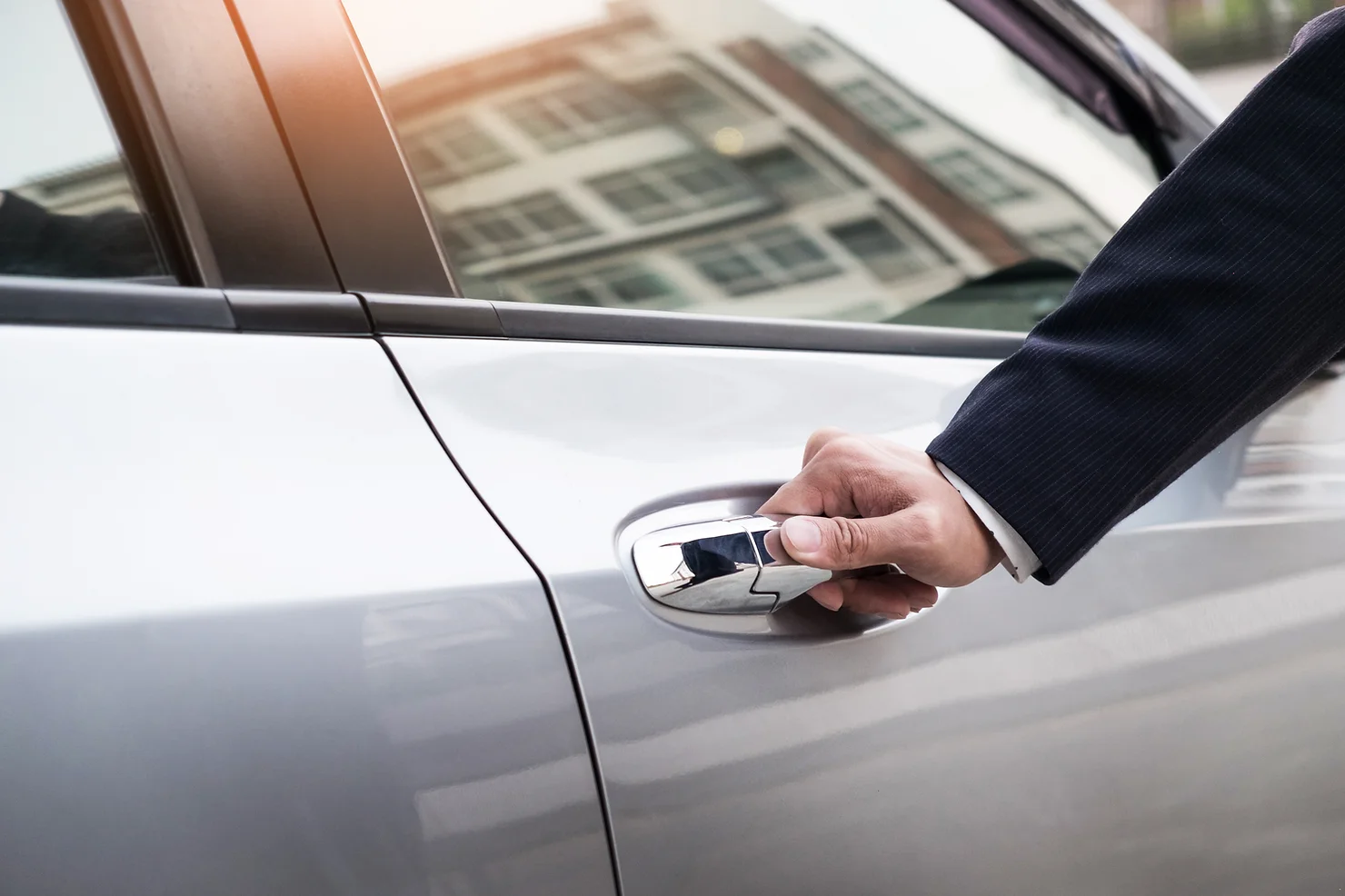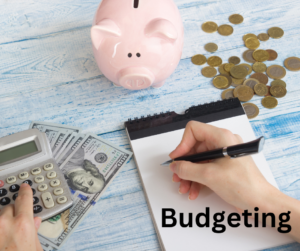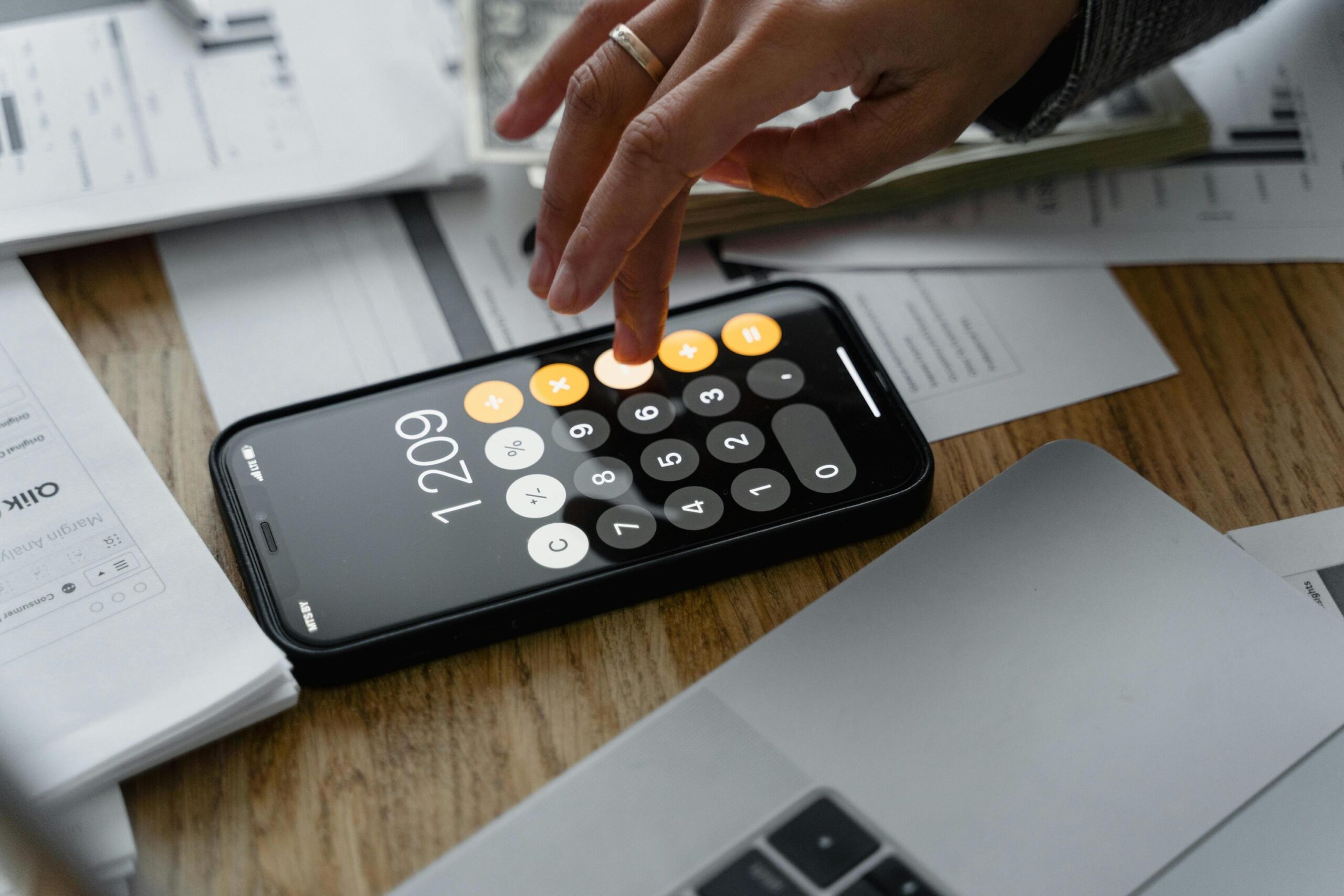Prospective clients are often concerned about keeping their car once they file for bankruptcy relief, and rightly so. Most people rely on their car to get them back and forth to work, for transporting their children, and for many of the important tasks one does on a daily basis. Bankruptcy usually allows people to keep their current vehicle, and in certain situations, even allows for the lowering of the monthly payment. Sometimes, the payment can even be eliminated.
Chapter 7 bankruptcy is the type of bankruptcy case that eliminates most debts, and allows people to keep exempt property. Because vehicles usually lose significant value once they are driven off of the car dealer’s lot, most cars and trucks are protected by exemption and are able to be maintained even after bankruptcy. Bankruptcy arbiters, called Trustees, are often not interested in taking a selling vehicles because they yield very little money, especially when money is still owed to a lender.
But what if your car payment is too high? Can bankruptcy help lower your payment? In Chapter 7, there is the ability to negotiate a lower payment, to reduce the balance owed on a car, or even to purchase the car outright at the value of the vehicle on the day of filing. All of this can be accomplished either through reaffirmation of the existing vehicle loan, or redemption of the vehicle at present value. Sometimes, if a person in bankruptcy is willing to re-commit to paying their car payment, the lender will reduce the monthly payment or the interest rate, or sometimes even both. If you owe significant money on a car that is not worth much, you can file a motion with the bankruptcy court asking to be able to “redeem” the vehicle-pay the lender what the car is worth versus what you actually owe. There are even lenders who are willing to lend money to people in bankruptcy in order to facilitate the redemption of a vehicle.
Chapter 13 bankruptcy likewise offers alternative for dealing with car payments. In Chapter 13, a partial repayment of your debts is done through a court-sponsored plan which is administered by a Trustee. If one has owned their car for at least 910 days prior, a motion can be filed with the court asking that the balance due be lowered to the actual value of the vehicle, and the interest rate be reduced as well. You can then pay the value of the vehicle through the Chapter 13 plan, sometimes stretching payments as long as five years. This can be a very valuable tool to allow people to keep their current vehicle, but at a significantly reduced cost. Also in Chapter 13, one can bring a vehicle current that may be behind in payments. Many options exist for dealing with a car payment that may be leading to financial distress.
Bankruptcy is a very specialized area of the law, and you should hire an experienced practitioner such as Adam M. Freiman. Call us today to discuss how bankruptcy might help with a high car payment, and how we can assist you in making sure you stay on the road.







